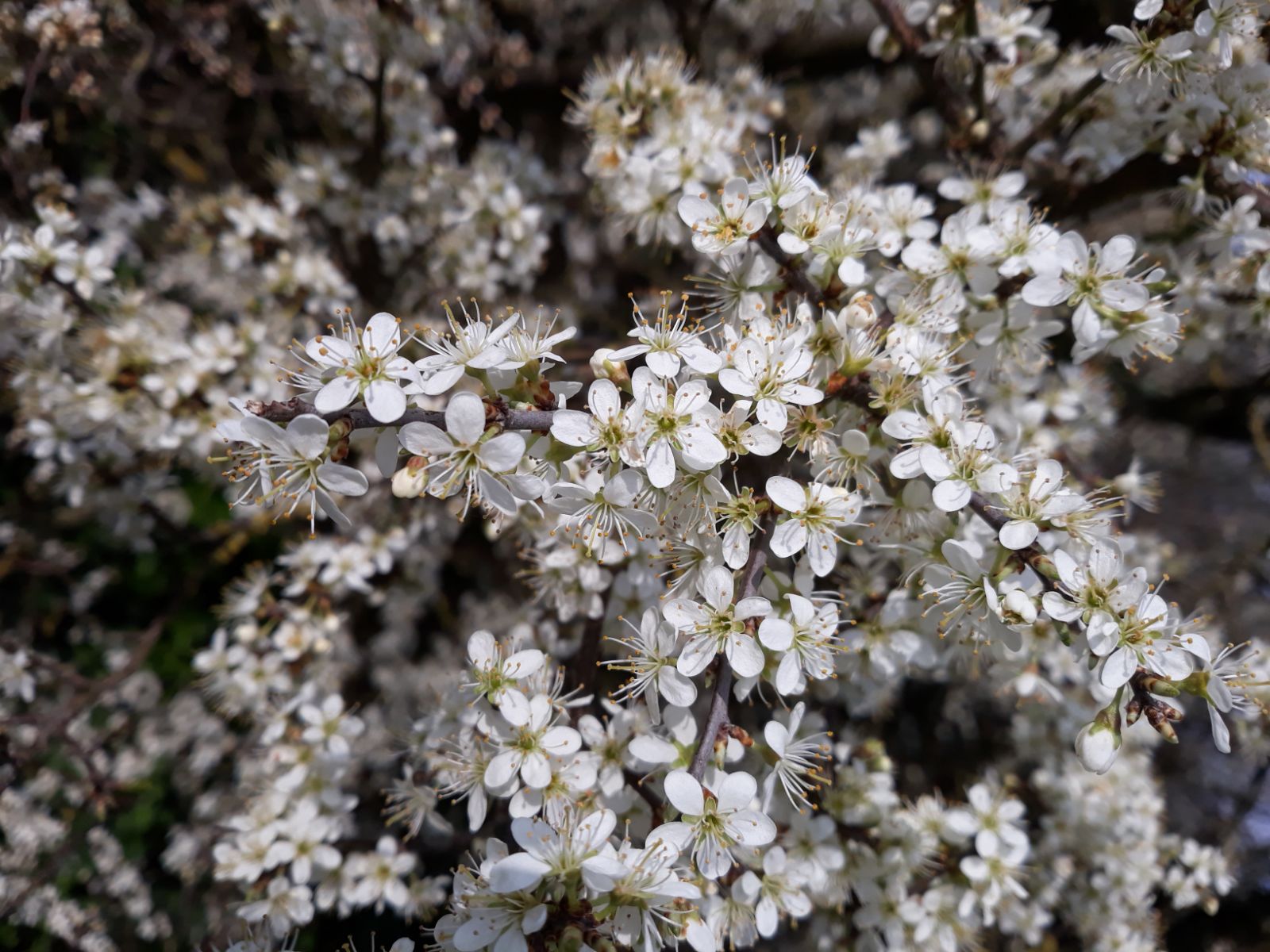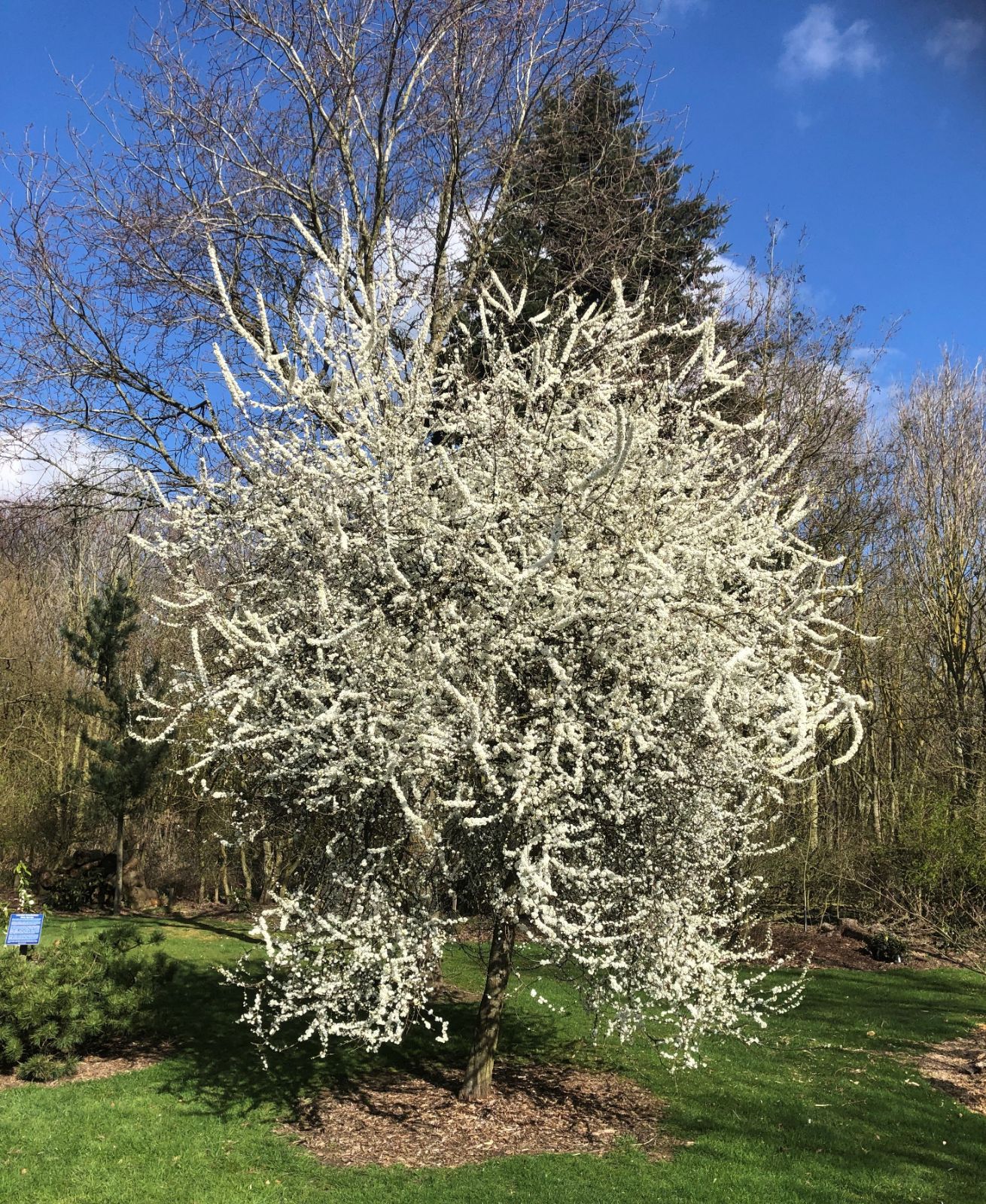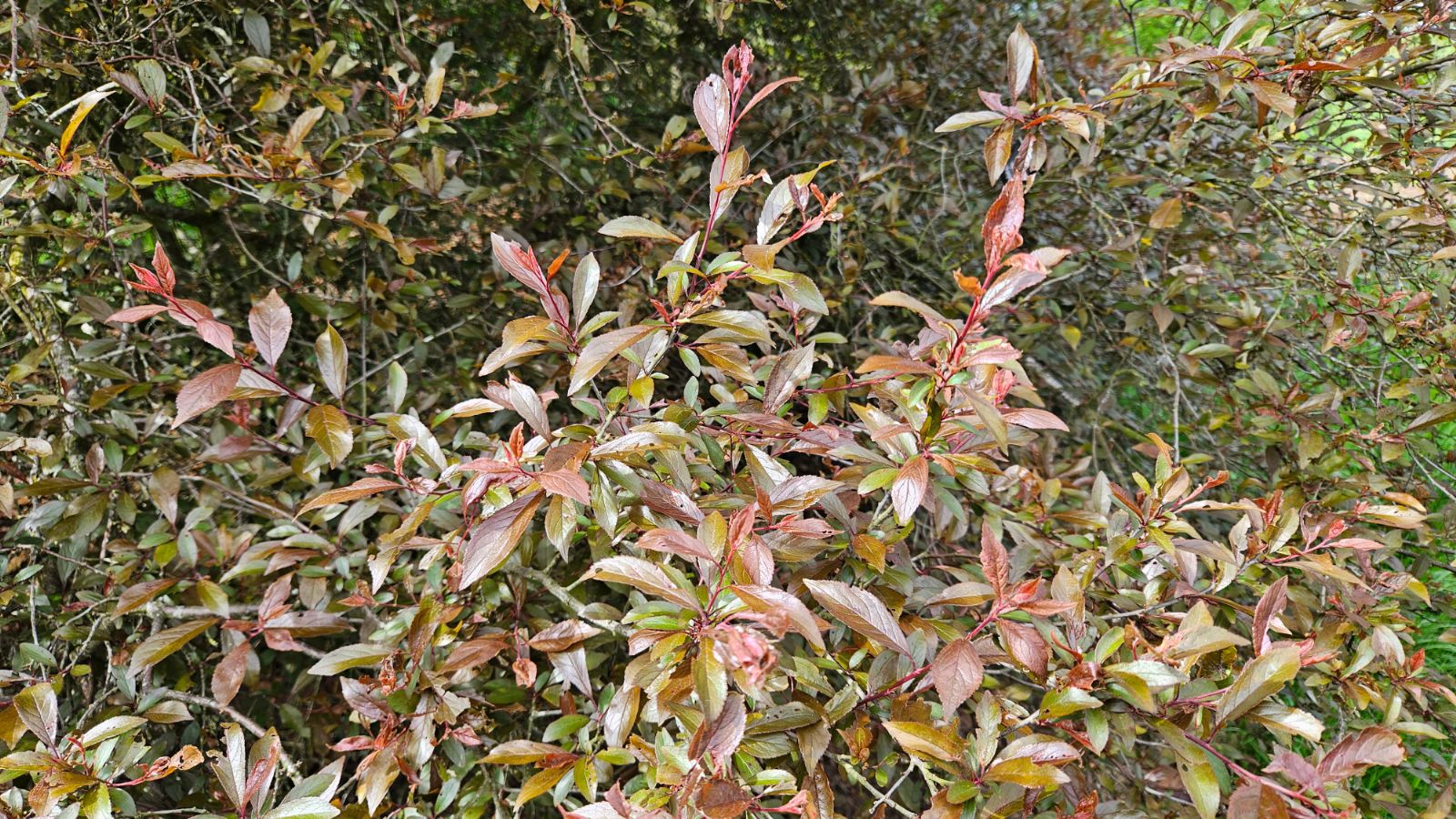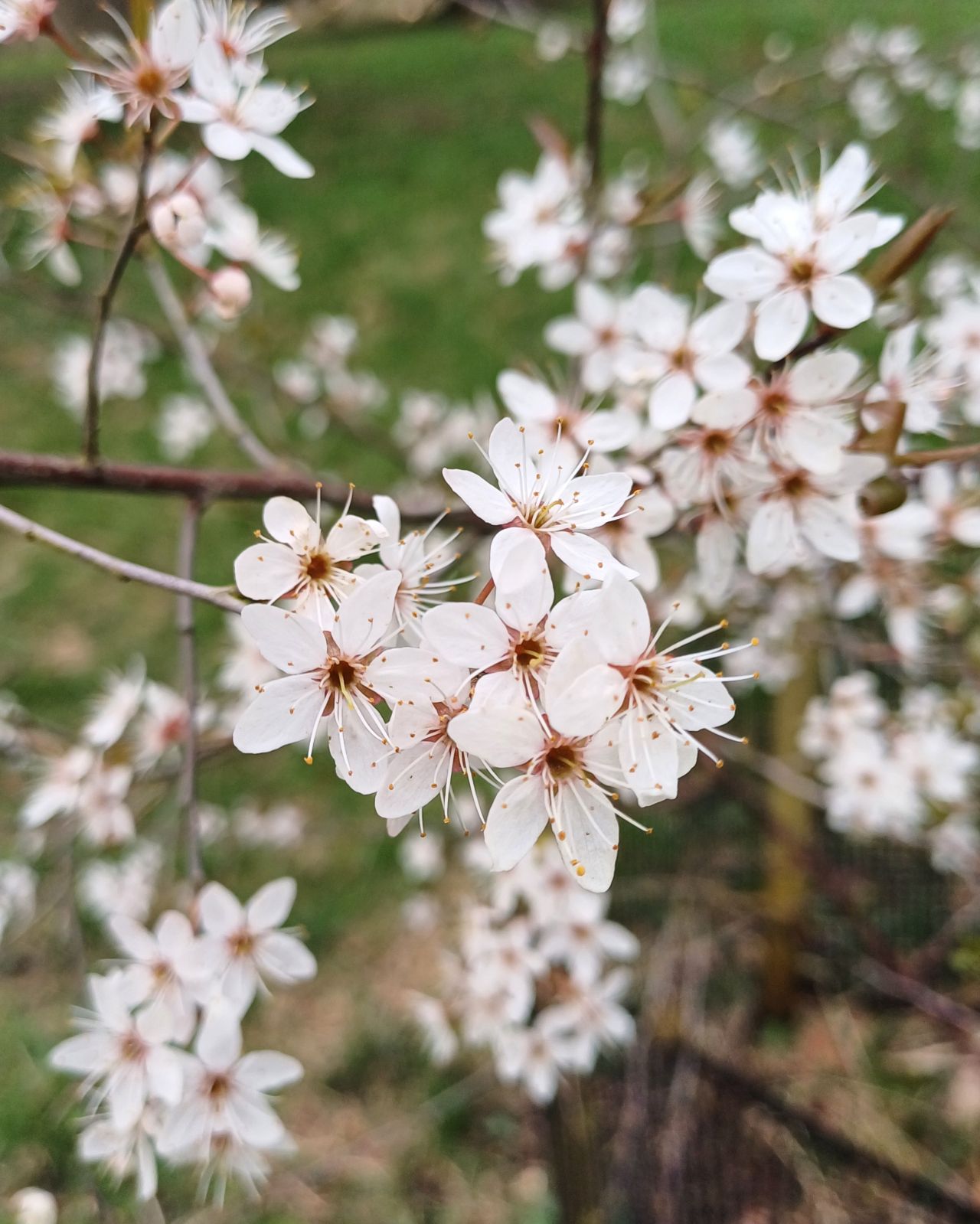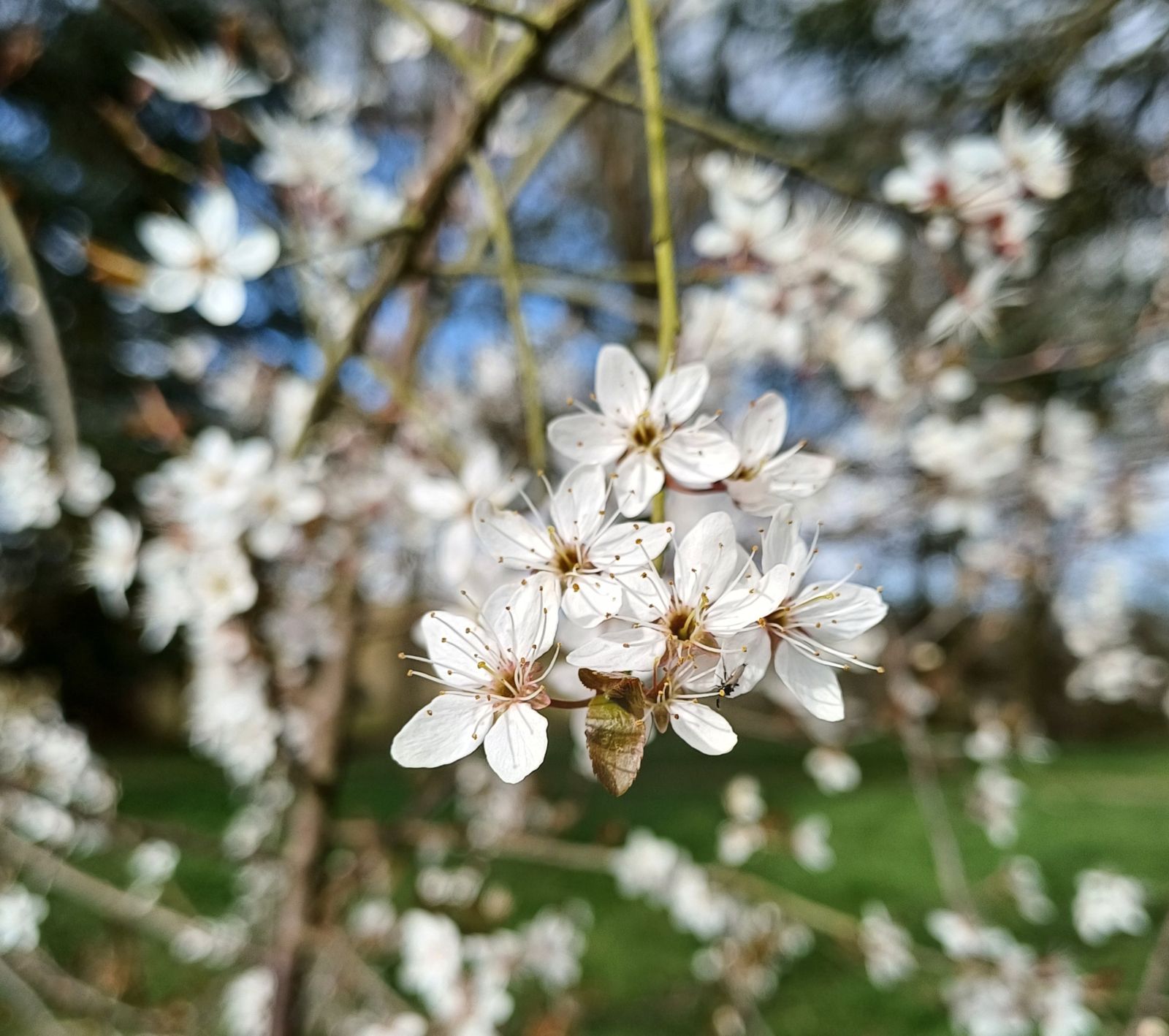Prunus spinosa
Credits
Article from Bean's Trees and Shrubs Hardy in the British Isles
Recommended citation
'Prunus spinosa' from the website Trees and Shrubs Online (treesandshrubsonline.
Genus
Common Names
- Sloe
- Blackthorn
Infraspecifics
Other taxa in genus
- Prunus alleghaniensis
- Prunus americana
- Prunus × amygdalo-persica
- Prunus amygdalus
- Prunus angustifolia
- Prunus apetala
- Prunus arabica
- Prunus argentea
- Prunus armeniaca
- Prunus avium
- Prunus besseyi
- Prunus brigantina
- Prunus campanulata
- Prunus canescens
- Prunus cantabrigiensis
- Prunus cerasifera
- Prunus cerasus
- Prunus cocomilia
- Prunus concinna
- Prunus conradinae
- Prunus consociiflora
- Prunus cornuta
- Prunus cuthbertii
- Prunus dasycarpa
- Prunus davidiana
- Prunus × dawyckensis
- Prunus dielsiana
- Prunus domestica
- Prunus dulcis
- Prunus emarginata
- Prunus × fontanesiana
- Prunus fruticosa
- Prunus glandulosa
- Prunus grayana
- Prunus himalaica
- Prunus hortulana
- Prunus humilis
- Prunus ilicifolia
- Prunus incana
- Prunus incisa
- Prunus jacquemontii
- Prunus kansuensis
- Prunus lannesiana
- Prunus laurocerasus
- Prunus litigiosa
- Prunus lusitanica
- Prunus maackii
- Prunus mahaleb
- Prunus maritima
- Prunus maximowiczii
- Prunus microcarpa
- Prunus mira
- Prunus mugus
- Prunus mume
- Prunus nigra
- Prunus nipponica
- Prunus orthosepala
- Prunus padus
- Prunus pensylvanica
- Prunus persica
- Prunus pilosiuscula
- Prunus prostrata
- Prunus pumila
- Prunus rufa
- Prunus salicina
- Prunus sargentii
- Prunus serotina
- Prunus serrula
- Prunus serrulata
- Prunus sibirica
- Prunus × sieboldii
- Prunus simonii
- Prunus sogdiana
- Prunus speciosa
- Prunus ssiori
- Prunus subcordata
- Prunus subhirtella
- Prunus takesimensis
- Prunus tangutica
- Prunus tenella
- Prunus tomentosa
- Prunus triloba
- Prunus virginiana
- Prunus × yedoensis
A deciduous, suckering shrub 10 or 15 ft high, or in gardens a small tree; bark of young shoots downy, many short branches terminated by a spine. Leaves varying from obovate to oval and ovate, 3⁄4 to 13⁄4 in. long, 1⁄2 to 3⁄4 in. wide; sharp-toothed, downy beneath on the midrib and veins, becoming sometimes quite glabrous with age. Flowers produced in March or early April usually on the naked wood, singly, sometimes in pairs, from the previous year’s buds, each 1⁄2 to 3⁄4 in. across, pure white, and borne on a glabrous stalk 1⁄5 in. long. Fruits round, 1⁄2 in. in diameter, at first blue, then shining black, very harsh to the taste.
The sloe is found wild in Britain and other parts of Europe as well as in N. Asia. It occurs in hedgerows and in woods, where it is occasionally a tree over 20 ft high. It is oftenest seen in wild places on poor soils as a scrubby bush. If introduced to the garden or park for ornament, it should be trained up into tree form. The wood of this species is very hard, and prized in rural districts for making hay-rake teeth.
P curdica Fenzl & Fritsch
This is intermediate between P. spinosa and P. domestica subsp. institia. It is of spreading habit, less thorny; leaves downy on both sides when young; flowers white, {3/4} in. across; flower-stalks downy; fruits blue-black. A very rare native of eastern Anatolia.'Plena'
Flowers not so wide as the single-flowered type, but pure white and very double, crowded on short, spiny branches whose blackness enhances their purity. Its slow growth makes it suitable for small gardens. It seems first to have appeared spontaneously at Tarascon. It is propagated by budding on the wild plum, whose suckers, if produced, are more easily detected than those of the wild sloe. A.M. 1950.
[2022, note from JMG: Robert Vernon, of Bluebell Arboretum and Nursery, Derbyshire, who with his wife Suzette has been largely responsible for maintaining this clone in commerce, has found that it seems to suppress suckering of normal P. spinosa rootstocks. The fine specimen at Bluebell Arboretum illustrated here is a case in point.]
'Purpurea'
Leaves a beautiful red when young, becoming purple; flowers pink. Sent out by Barbier & co., of Orleans, in 1903. In the Manual of Messrs Hillier it is pointed out that the plant sometimes listed as P. spinosa ‘Rosea’ is probably a hybrid between P. spinosa and P. cerasifera ‘Nigra’.



